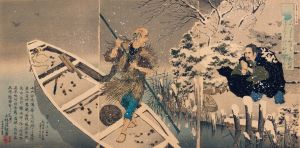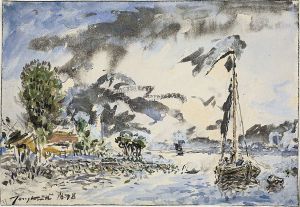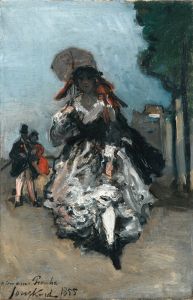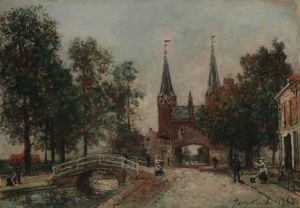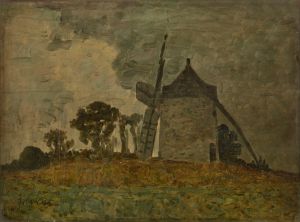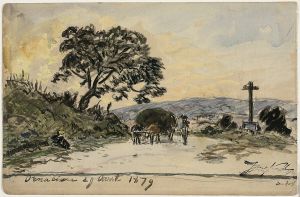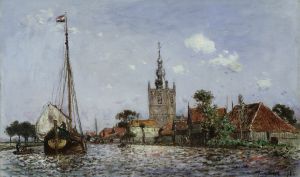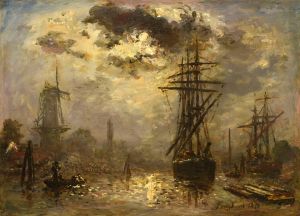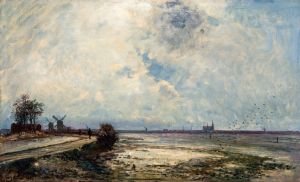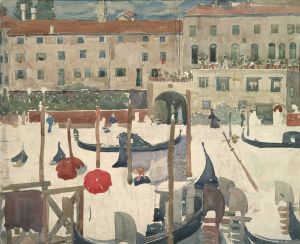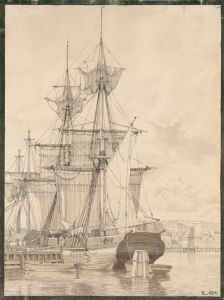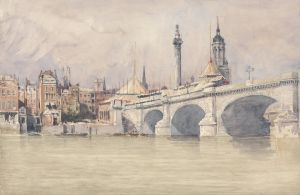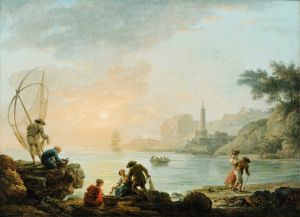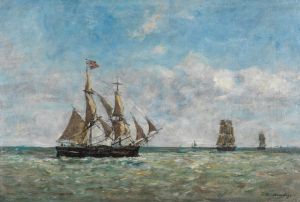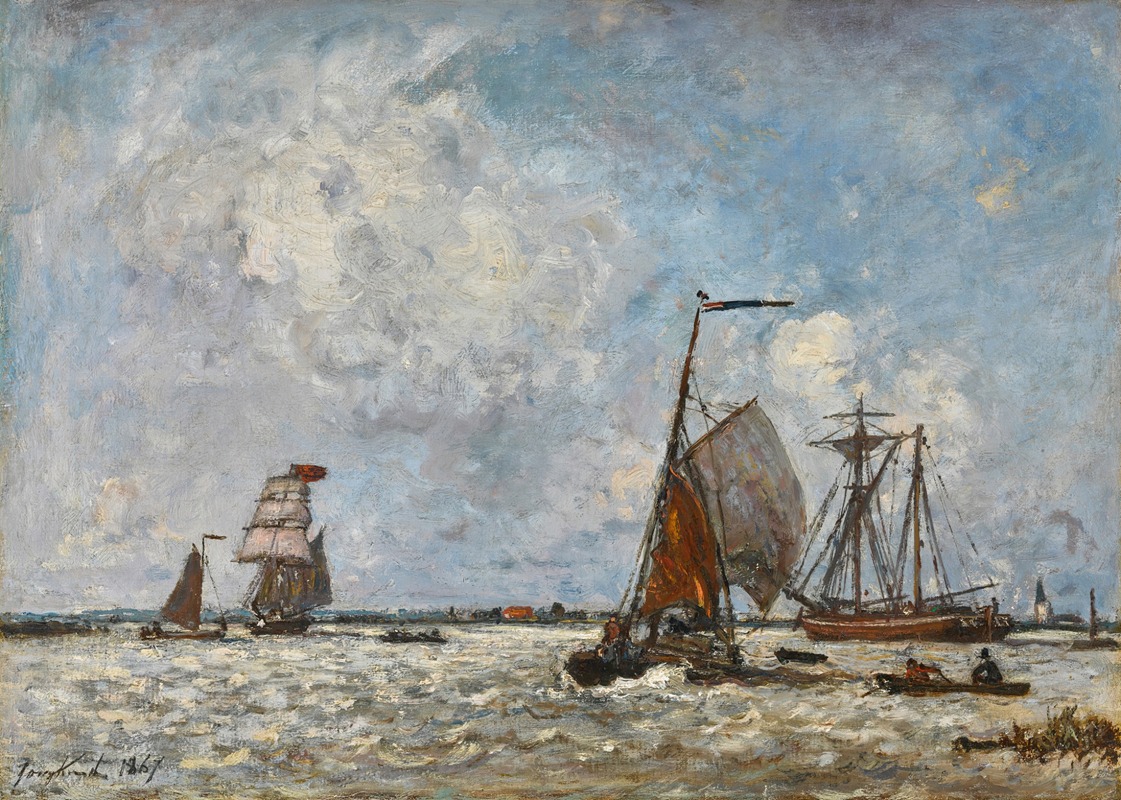
L’Estuaire, Belgique
A hand-painted replica of Johan Barthold Jongkind’s masterpiece L’Estuaire, Belgique, meticulously crafted by professional artists to capture the true essence of the original. Each piece is created with museum-quality canvas and rare mineral pigments, carefully painted by experienced artists with delicate brushstrokes and rich, layered colors to perfectly recreate the texture of the original artwork. Unlike machine-printed reproductions, this hand-painted version brings the painting to life, infused with the artist’s emotions and skill in every stroke. Whether for personal collection or home decoration, it instantly elevates the artistic atmosphere of any space.
Johan Barthold Jongkind was a Dutch painter and printmaker, known for his significant influence on the Impressionist movement. Born on June 3, 1819, in the Netherlands, Jongkind spent much of his career in France, where he developed a distinctive style characterized by his use of light and color, often depicting landscapes and marine scenes.
"L’Estuaire, Belgique" is one of Jongkind's works that exemplifies his skill in capturing the nuances of natural light and atmospheric effects. Although specific details about this particular painting are scarce, Jongkind's oeuvre typically features scenes of rivers, estuaries, and coastal landscapes, often painted en plein air, which was a technique that allowed him to observe and render the changing effects of light and weather directly from nature.
Jongkind's approach to painting was innovative for his time. He often used loose brushwork and a lighter palette, which later became hallmarks of the Impressionist style. His ability to convey the transient effects of light on water and sky was particularly admired by his contemporaries and influenced many younger artists, including Claude Monet, who regarded Jongkind as a mentor.
The artist's connection to Belgium is not extensively documented, but it is known that he traveled widely throughout Europe, including visits to Belgium. During these travels, Jongkind would have been exposed to various landscapes and seascapes, which he captured in his paintings. His works often reflect a deep appreciation for the natural environment, and his ability to depict the subtle interplay of light and shadow is evident in many of his pieces.
Jongkind's contribution to art history is significant, as he bridged the gap between the traditional landscape painting of the early 19th century and the emerging Impressionist movement. His works are characterized by a sense of immediacy and spontaneity, achieved through his direct observation of nature and his innovative use of color and light.
"L’Estuaire, Belgique," like many of Jongkind's paintings, would likely feature a harmonious composition, with an emphasis on the atmospheric conditions of the scene. His paintings often evoke a sense of tranquility and reflect his keen observation of the natural world.
Jongkind passed away on February 9, 1891, in La Côte-Saint-André, France. His legacy lives on through his influence on Impressionism and his contributions to the development of modern landscape painting. His works are held in various museums and collections worldwide, where they continue to be appreciated for their pioneering approach to capturing the beauty and complexity of the natural environment.
While specific information about "L’Estuaire, Belgique" is limited, Johan Barthold Jongkind's broader body of work provides insight into his artistic vision and his role in the evolution of landscape painting during the 19th century.





